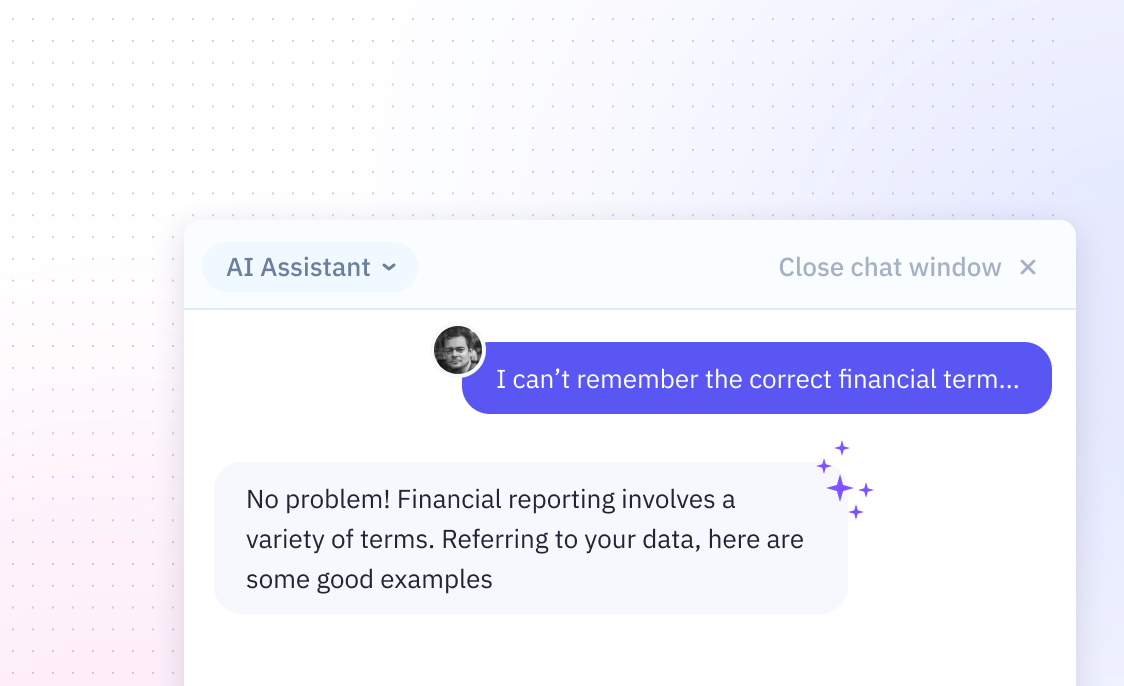
How To Calculate a 95% Prediction Interval In Excel
Introduction
Understanding how to calculate a 95% prediction interval in Excel is essential for anyone looking to make informed forecasts based on their data. This statistical tool helps quantify the uncertainty of future observations based on existing data points.
While Excel's traditional functions can be tedious and time-consuming for statistical calculations, we'll show you both the manual process and how Sourcetable's AI chatbot can instantly generate prediction intervals through simple conversation. Skip the complex formulas and try Sourcetable to create prediction intervals and any other spreadsheet analysis with just a few words.
How to Calculate 95% Prediction Interval in Excel
The 95% prediction interval in Excel can be calculated using the formula:
Key Components
The predicted value (
Calculation Steps
To calculate the t-critical value (t
Important Considerations
Prediction intervals are wider than confidence intervals as they account for single-point prediction variability. The ANOVA output in Excel can be used when working with multiple regression prediction intervals.
Unlocking Business Value with Excel Prediction Intervals
Inventory Planning Through Sales Forecasting
Calculate expected sales ranges for the upcoming quarter to make data-driven inventory decisions. This helps prevent stockouts while avoiding excess inventory costs by providing a statistical confidence range for future sales volumes.
Academic Performance Analysis
Project the likely distribution of student exam scores before final grading. This enables educators to establish fair grading curves and identify potential learning gaps early in the course.
Energy Consumption Forecasting
Predict facility energy usage ranges for accurate budget planning. This empowers facility managers to allocate resources effectively and identify potential cost-saving opportunities through more precise utility forecasting.
Call Center Resource Optimization
Analyze customer service call duration patterns to determine staffing needs. By understanding the statistical range of call times, managers can optimize shift schedules and maintain appropriate service levels while controlling labor costs.
Excel vs Sourcetable: The Future of Spreadsheets
While Excel remains the traditional spreadsheet solution, Sourcetable represents the next evolution in data analysis. As an AI-powered spreadsheet, Sourcetable transforms complex data tasks into simple conversations, eliminating the need to learn functions or formulas. Whether you're working with small datasets or enterprise-scale databases, Sourcetable's AI chatbot handles everything from analysis to visualization based on your natural language requests. Ready to answer any spreadsheet question? Try Sourcetable today.
Traditional vs AI-Powered Approach
Excel requires manual formula creation and feature mastery, while Sourcetable lets you simply tell its AI chatbot what you want to accomplish. The chatbot handles everything from data analysis to chart creation, making spreadsheet work effortless.
Data Handling Capabilities
Sourcetable processes files of any size and connects directly to databases, while Excel has file size limitations and requires manual data importing. With Sourcetable, you can analyze any dataset by simply describing your goals to the AI.
Analysis and Visualization
Instead of navigating Excel's complex features, Sourcetable users can generate custom analyses and stunning visualizations through natural conversation with the AI. The system automatically selects the best ways to present and analyze your data.
Accessibility and Learning Curve
Excel's power comes with a steep learning curve of functions and features. Sourcetable eliminates this barrier by turning spreadsheet tasks into simple conversations, making advanced data analysis accessible to everyone.
Frequently Asked Questions
What is the formula for calculating a 95% prediction interval in Excel?
The formula is ŷ0 +/- tα/2,df=n-2 * s.e., where ŷ0 is the predicted value (calculated using FORECAST() or FORECAST.LINEAR()), tα/2,df=n-2 is the t-critical value, and s.e. is the standard error.
How do I get the predicted value (ŷ0) for the prediction interval in Excel?
Use either the =FORECAST() or =FORECAST.LINEAR() function in Excel - both will return the same predicted value for your calculation.
What alpha value should I use for a 95% prediction interval?
For a 95% prediction interval, use α/2 = 0.025 (calculated as 0.05/2) in the t-critical value formula.
Conclusion
Calculating a 95% prediction interval in Excel requires several steps and complex formulas. The process can be time-consuming and prone to errors, especially for users who aren't statistics experts.
Sourcetable eliminates these challenges by providing instant, accurate calculations through its AI chatbot. You can get prediction intervals and other statistical analyses without manual formula entry.
For easier statistical calculations and spreadsheet automation, try Sourcetable today.






